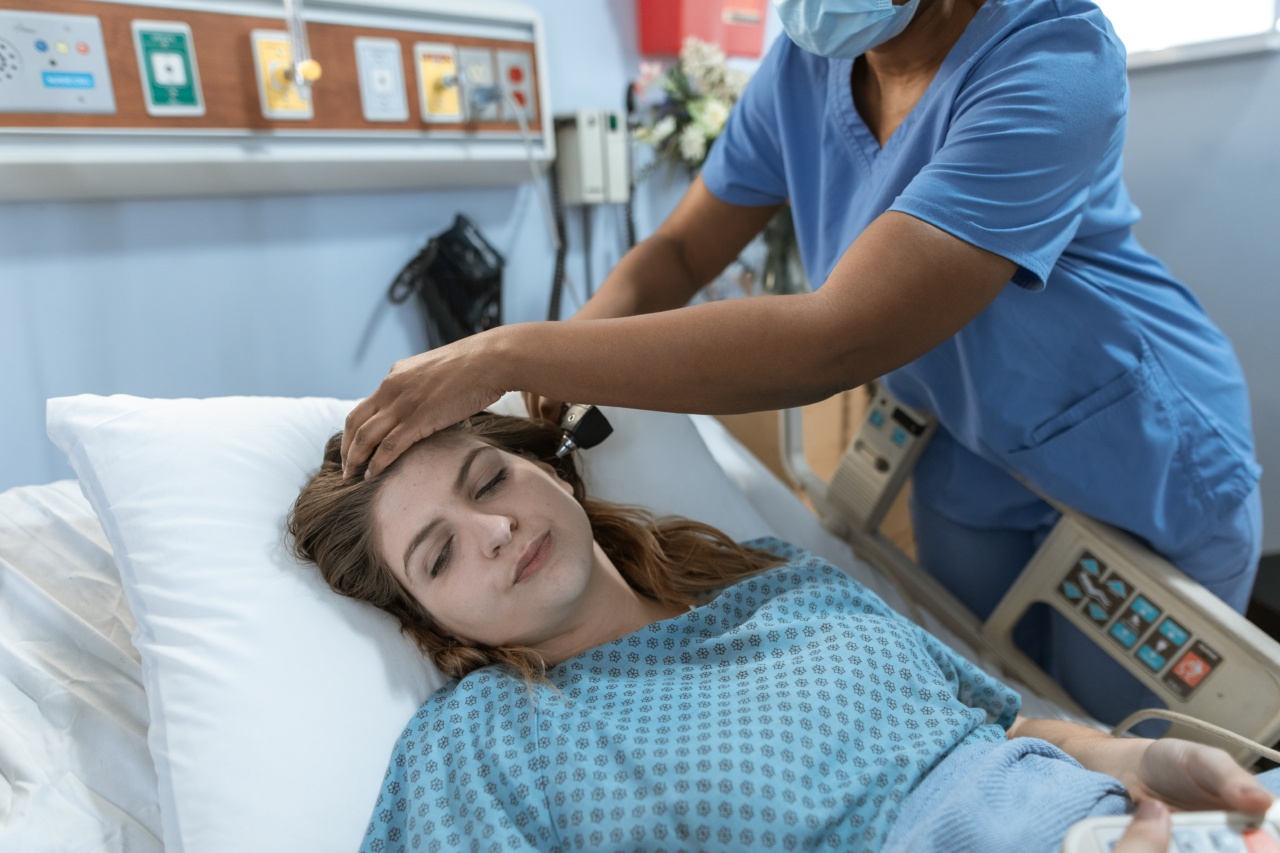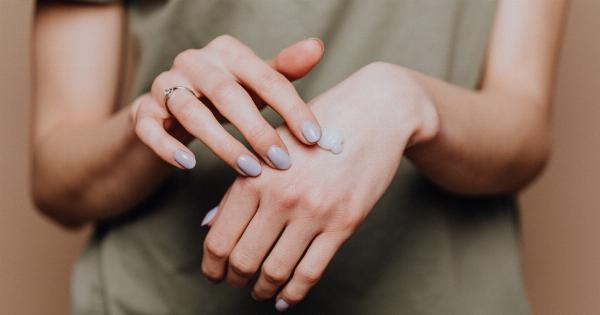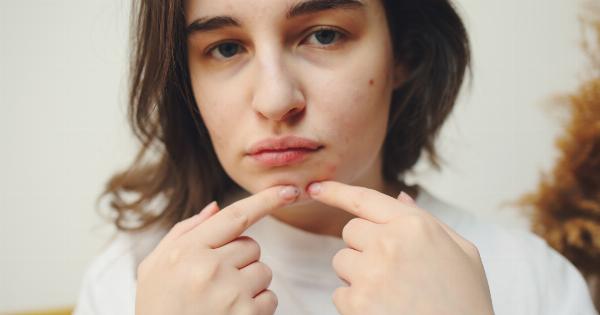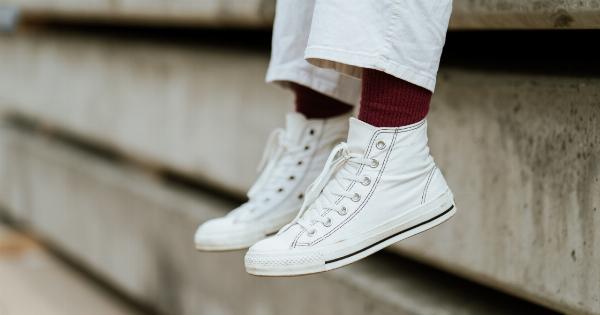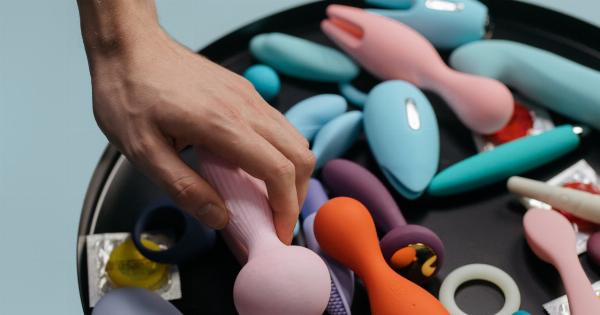Cellulite refers to the dimpling of skin that is caused by fat deposits pushing through the connective tissue beneath the skin’s surface.
It is most commonly found on the thighs, buttocks, and abdomen, and is often referred to as “cottage cheese” or “orange peel” skin. Cellulite affects both men and women, but it is more common in women due to the way their bodies store fat.
What Causes Cellulite?
The exact cause of cellulite is not known, but there are several factors that are thought to contribute to its development. These include:.
- Genetics
- Hormonal changes
- Poor diet
- Lack of exercise
- Dehydration
- Smoking
- Stress
Can Cellulite Be Removed?
While there is no cure for cellulite, there are several treatments that can help reduce its appearance. These include:.
- Massage
- Topical creams and lotions
- Laser therapy
- Cryolipolysis
- Radiofrequency therapy
- Liposuction
It is important to note that not all treatments are effective for everyone, and some may require multiple sessions to achieve the desired results.
Additionally, the effects of these treatments may not be permanent, and maintenance treatments may be necessary to maintain the desired appearance.
Postpartum Recovery and Cellulite
Postpartum recovery is a process that involves healing and adjusting to the physical and emotional changes that occur after giving birth. For many women, this process also involves dealing with the appearance of cellulite.
During pregnancy, the body stores additional fat to support the growth and development of the fetus. After giving birth, many women find that this excess fat does not disappear as quickly as they would like.
This can result in the appearance of cellulite, especially in the abdominal and thigh areas.
Exercise
Exercise is one of the most effective ways to reduce the appearance of cellulite. By increasing muscle tone and reducing fat, the skin becomes firmer and smoother.
In the postpartum period, it is important to start with low-impact exercises and gradually increase intensity as the body heals.
Exercises that are particularly effective for cellulite reduction include:.
- Cardio: Running, walking, swimming, and cycling
- Strength Training: Squats, lunges, and leg presses
- Pilates: Abdominal and leg exercises
- Yoga: Stretching and strengthening exercises
Diet
Diet can also play a role in cellulite reduction. Eating a healthy, balanced diet that is rich in fruits, vegetables, whole grains, and lean protein can help reduce fat storage and improve skin elasticity.
Additionally, drinking plenty of water can help keep the skin hydrated and reduce the appearance of cellulite.
It is important to avoid processed foods, sugary snacks, and alcohol, as these can contribute to weight gain and reduce skin firmness.
Massage and Topical Treatments
Massage and topical treatments can help improve blood circulation and reduce the appearance of cellulite. Massage can be performed using a handheld massager or a professional massage therapist.
Topical treatments may include creams and lotions that contain caffeine, retinol, or other ingredients that are thought to reduce the appearance of cellulite.
Conclusion
Cellulite is a common concern for women, especially during the postpartum period. While there is no cure for cellulite, there are several treatments that can help reduce its appearance.
Exercise, diet, massage, and topical treatments are effective ways to reduce cellulite and improve skin firmness. By focusing on a healthy lifestyle, women can achieve the best results in their postpartum recovery and continue to feel confident and beautiful.
